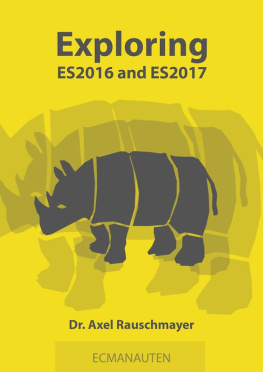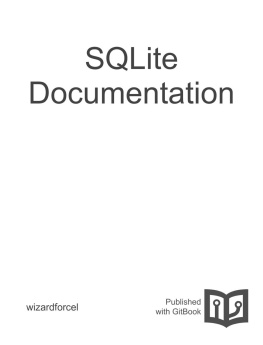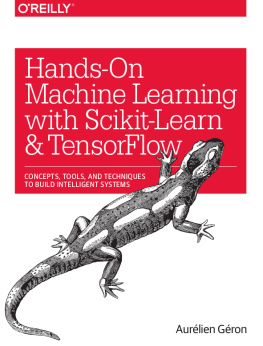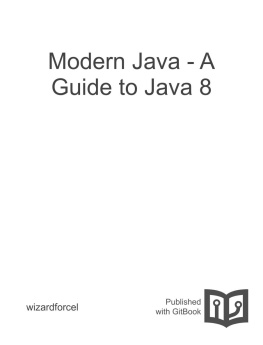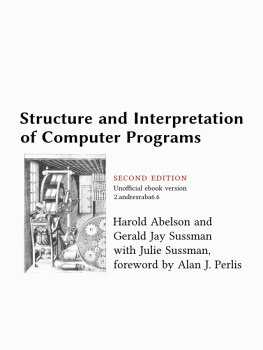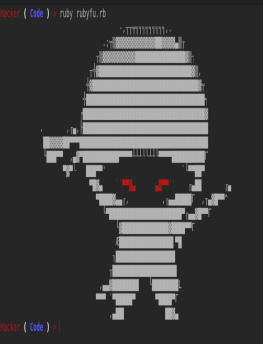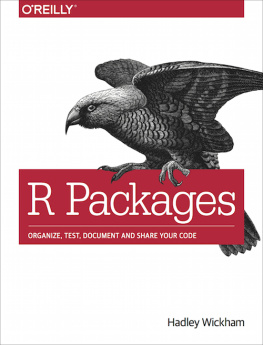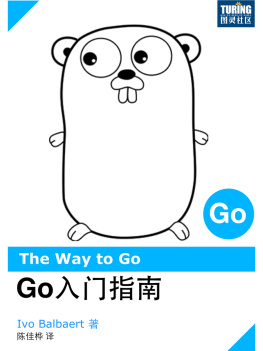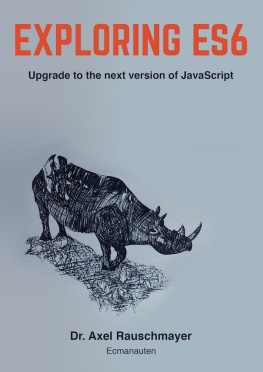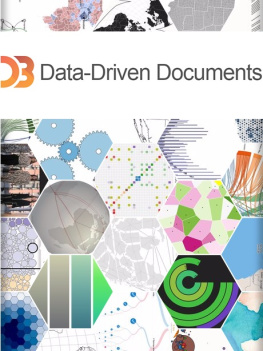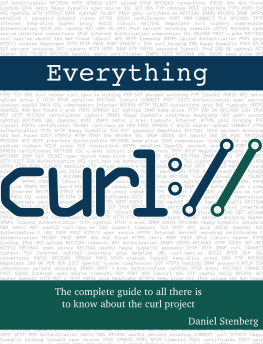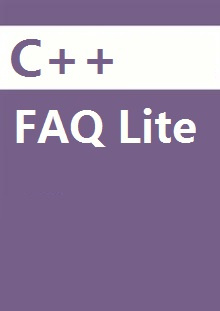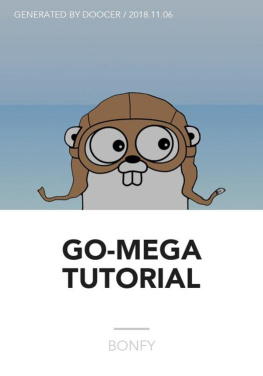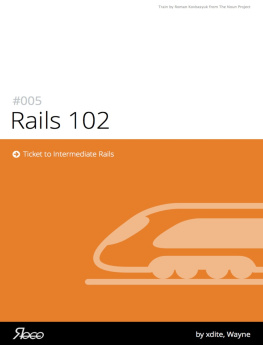it-ebooks - Exploring ES2016 and ES2017
Here you can read online it-ebooks - Exploring ES2016 and ES2017 full text of the book (entire story) in english for free. Download pdf and epub, get meaning, cover and reviews about this ebook. year: 2017, publisher: iBooker it-ebooks, genre: Romance novel. Description of the work, (preface) as well as reviews are available. Best literature library LitArk.com created for fans of good reading and offers a wide selection of genres:
Romance novel
Science fiction
Adventure
Detective
Science
History
Home and family
Prose
Art
Politics
Computer
Non-fiction
Religion
Business
Children
Humor
Choose a favorite category and find really read worthwhile books. Enjoy immersion in the world of imagination, feel the emotions of the characters or learn something new for yourself, make an fascinating discovery.
- Book:Exploring ES2016 and ES2017
- Author:
- Publisher:iBooker it-ebooks
- Genre:
- Year:2017
- Rating:4 / 5
- Favourites:Add to favourites
- Your mark:
- 80
- 1
- 2
- 3
- 4
- 5
Exploring ES2016 and ES2017: summary, description and annotation
We offer to read an annotation, description, summary or preface (depends on what the author of the book "Exploring ES2016 and ES2017" wrote himself). If you haven't found the necessary information about the book — write in the comments, we will try to find it.
Exploring ES2016 and ES2017 — read online for free the complete book (whole text) full work
Below is the text of the book, divided by pages. System saving the place of the last page read, allows you to conveniently read the book "Exploring ES2016 and ES2017" online for free, without having to search again every time where you left off. Put a bookmark, and you can go to the page where you finished reading at any time.
Font size:
Interval:
Bookmark:
Author: Dr. Axel Rauschmayer
From: Exploring ES2016 and ES2017
This book is about ECMAScript 2016 and ECMAScript 2017, new versions of JavaScript.
It only covers whats new in those versions. For information on prior versions, consult the following books of mine (which are free to read online):
- Introduction to JavaScript for programmers (up to ES5): Speaking JavaScript
- Whats new in ECMAScript 6 (ES2015): Exploring ES6
Exploring ES2016 and ES2017 is a living book. Much content is still to come! Buy it to stay up to date on what is in ECMAScript 2016 and ECMAScript 2017:
- ES2016 is finished. This book describes what is in it.
- ES2017 is work in progress. Features become part of this ECMAScript version as an implicit stage after stage 4. Once they do, I describe them here (until ES2017 is finished). Features in prior stages are tracked on a web page of my blog.
- Forum: The Exploring ES2016 and ES2017 homepage links to a forum where you can discuss questions and ideas related to this book.
- Errata (typos, errors, etc.): On the Exploring ES6 homepage, there are links to a form for submitting errata and to a list with submitted errata.
Dr. Axel Rauschmayer has been programming since 1985 and developing web applications since 1995. In 1999, he was technical manager at a German Internet startup that later expanded internationally. In 2006, he held his first talk on Ajax.
Axel specializes in JavaScript, as blogger, book author and trainer. He has done extensive research into programming language design and has followed the state of JavaScript since its creation. He started blogging about ECMAScript 6 in early 2011.
This chapter explains the so-called TC39 process, which governs how ECMAScript features are designed, starting with ECMAScript 2016 (ES7).
Answer: TC39 (Technical Committee 39).
TC39 is the committee that evolves JavaScript. Its members are companies (among others, all major browser vendors). TC39 meets regularly, its meetings are attended by delegates that members send and by invited experts. Minutes of the meetings are available online and give you a good idea of how TC39 works.
Occasionally (even in this book), youll see the term TC39 member referring to a human. Then it means: a delegate sent by a TC39 member company.
It is interesting to note that TC39 operates by consensus: Decisions require that a large majority agrees and nobody disagrees strongly enough to veto. For many members, agreements lead to real obligations (theyll have to implement features etc.).
The most recent release of ECMAScript, ES6, is large and was standardized almost 6 years after ES5 (December 2009 vs. June 2015). There are two main problems with so much time passing between releases:
- Features that are ready sooner than the release have to wait until the release is finished.
- Features that take long are under pressure to be wrapped up, because postponing them until the next release would mean a long wait. Such features may also delay a release.
Therefore, starting with ECMAScript 2016 (ES7), releases will happen more frequently and be much smaller as a consequence. There will be one release per year and it will contain all features that are finished by a yearly deadline.
Each proposal for an ECMAScript feature goes through the following maturity stages, starting with stage 0. The progression from one stage to the next one must be approved by TC39.
What is it? A free-form way of submitting ideas for evolving ECMAScript. Submissions must come either from a TC39 member or a non-member who has registered as a TC39 contributor.
Whats required? The document must be reviewed at a TC39 meeting (source) and is then added to the page with stage 0 proposals.
What is it? A formal proposal for the feature.
Whats required? A so-called champion must be identified who is responsible for the proposal. Either the champion or a co-champion must be a member of TC39 (source). The problem solved by the proposal must be described in prose. The solution must be described via examples, an API and a discussion of semantics and algorithms. Lastly, potential obstacles for the proposal must be identified, such as interactions with other features and implementation challenges. Implementation-wise, polyfills and demos are needed.
Whats next? By accepting a proposal for stage 1, TC39 declares its willingness to examine, discuss and contribute to the proposal. Going forward, major changes to the proposal are expected.
What is it? A first version of what will be in the specification. At this point, an eventual inclusion of the feature in the standard is likely.
Whats required? The proposal must now additionally have a formal description of the syntax and semantics of the feature (using the formal language of the ECMAScript specification). The description should be as complete as possible, but can contain todos and placeholders. Two experimental implementations of the feature are needed, but one of them can be in a transpiler such as Babel.
Whats next? Only incremental changes are expected from now on.
What is it? The proposal is mostly finished and now needs feedback from implementations and users to progress further.
Whats required? The spec text must be complete. Designated reviewers (appointed by TC39, not by the champion) and the ECMAScript spec editor must sign off on the spec text. There must be at least two spec-compliant implementations (which dont have to be enabled by default).
Whats next? Henceforth, changes should only be made in response to critical issues raised by the implementations and their use.
What is it? The proposal is ready to be included in the standard.
Whats required? The following things are needed before a proposal can reach this stage:
- Test 262 acceptance tests (roughly, unit tests for the language feature, written in JavaScript).
- Two spec-compliant shipping implementations that pass the tests.
- Significant practical experience with the implementations.
- The ECMAScript spec editor must sign off on the spec text.
Whats next? The proposal will be included in the ECMAScript specification as soon as possible. When the spec goes through its yearly ratification as a standard, the proposal is ratified as part of it.
As you can see, you can only be sure that a feature will be included in the standard once its proposal has reached stage 4. Then its inclusion in the next ECMAScript release is probable, but not 100% sure, either (it may take longer). Therefore, you cant call proposals (e.g.) ES7 features or ES2016 features, anymore. My two favorite ways of writing headings for articles and blog posts are therefore:
Font size:
Interval:
Bookmark:
Similar books «Exploring ES2016 and ES2017»
Look at similar books to Exploring ES2016 and ES2017. We have selected literature similar in name and meaning in the hope of providing readers with more options to find new, interesting, not yet read works.
Discussion, reviews of the book Exploring ES2016 and ES2017 and just readers' own opinions. Leave your comments, write what you think about the work, its meaning or the main characters. Specify what exactly you liked and what you didn't like, and why you think so.

